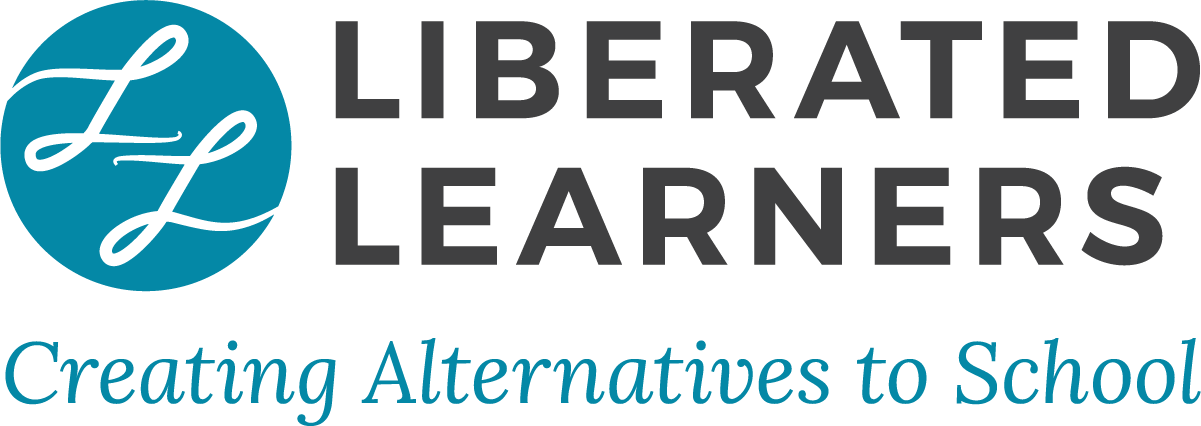By Alison Snieckus.
In Blake Boles’ recent Tipping Points article, “Agile Learning Centers, Liberated Learners, and Sudbury Schools: What’s the Difference?“, one of the questions Blake uses to compare the different models is “When something’s amiss, who solves the problem, and how?”. His conclusion for Liberated Learners centers is “benevolent dictatorship”, and goes on to say:
Liberated Learners centers resolve conflicts in a more adult-driven fashion. When a young person cannot resolve a conflict on their own—or if they break a policy or agreement—a staff member facilitates the mediation process, bringing in all affected parties (sometimes including parents) as needed.
While the staff hold ultimate decision-making power, they are careful to promote clear communication and reach mutually acceptable resolutions among all parties.
This explanation largely agrees with my experience and understanding at various Liberated Learners centers. Maybe this is “benevolent dictatorship”, but my sense is that the conflict resolution process most centers use is more collaborative and respectful.
In response to Blake’s characterization, Ken Danford posted an article to Tipping Points that describes the conflict resolution process at North Star in more detail: “In the Moment: Managing Conflict at North Star“. Ken begins with recounting an incident where a teen member, Kevin, takes issue with Ken’s asking him to tone down his guitar playing. Ken details the ensuing discussion between Kevin and him, and their ultimate understanding of the issue:
It was a question with no clear answer, and we agreed, “It’s a gray area. It depends on who else is present and how your playing affects them.” This was not a right-and-wrong, rules-oriented problem, and we’d all have to live with this ambiguity.
Ken follows with the main steps of what they do at North Star to manage relatively minor behavioral conflicts, as well as the overall process for resolving more significant violations. He concludes with the big picture:
North Star has a staff-moderated process for conflict resolution. We aim for immediate and mutually satisfactory reflection, explanation, and resolution. No staff member possesses “dictatorial” powers and any staff member initiating a complaint about a teen’s behavior must include another staff member and other interested parties to the discussion. Any serious conflict must also involve at least one parent in the process.
Although Liberated Learners does not require centers to follow a particular conflict resolution process, we’ve shared at times about our various methods, which largely center on the principles and processes of Restorative Practices, “an emerging social science that studies how to strengthen relationships between individuals as well as social connections within communities.” We believe that the best conflict resolution process puts relationships and communities first. Share this Post

